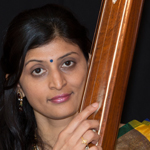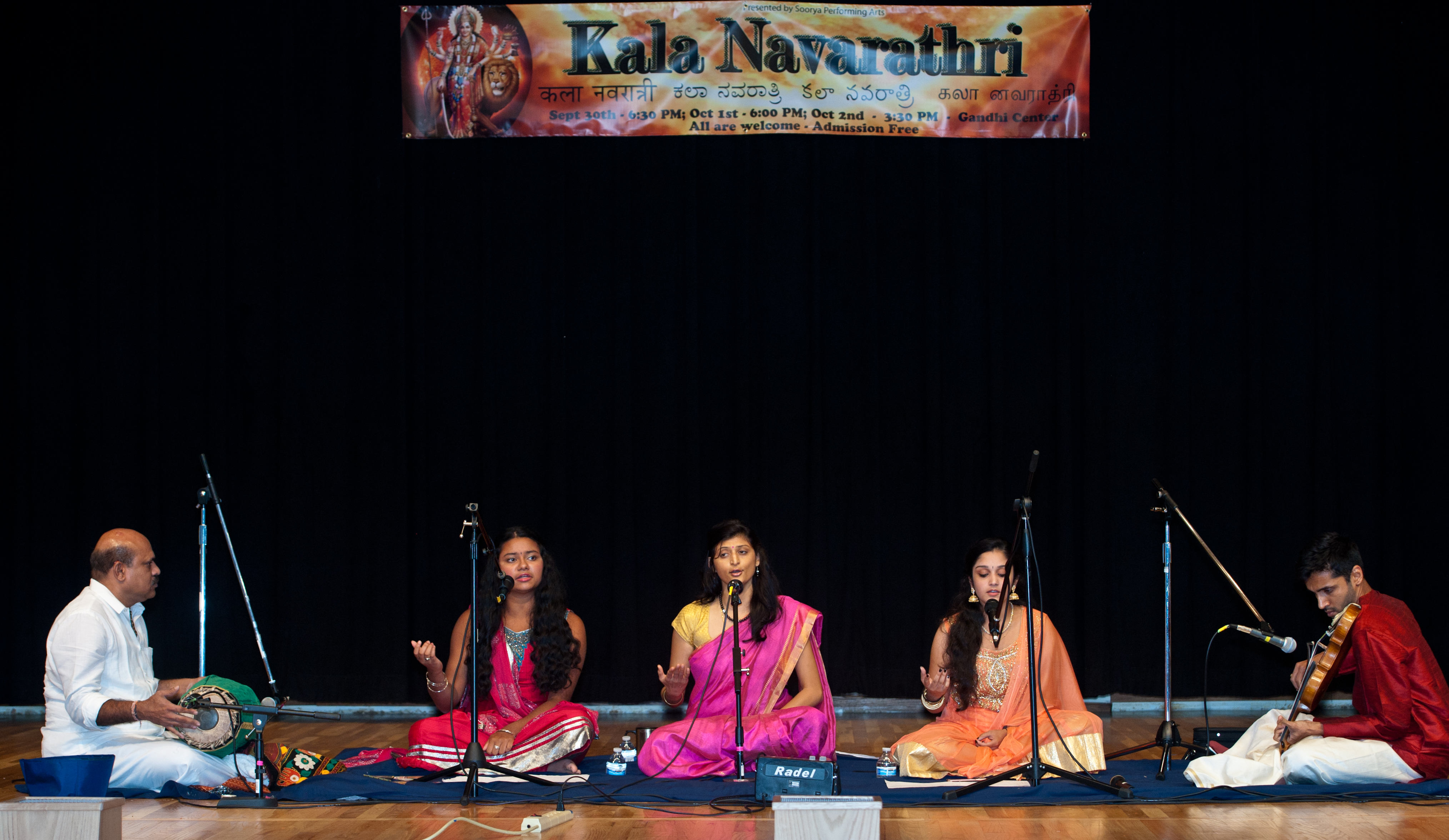Carnatic music
The origins of South Indian music are traced to prehistoric times. Musical instruments form a favorite subject for sculptors, painters and the authors of ancient Tamil and Sanskrit texts. Vocal and instrumental genres have have since coalesced into a single body of compositions and themes. These form the basis for creative elaboration and self-expression.
Several strands have been intertwining throughout Indian music history. Music was cultivated by nobility and common people alike. A mere glance at India’s literary heritage, including poetry, drama, mythology and scholarly texts, reveals an ongoing quest for new ideas. The same can be said of performers, instrument makers and skilled amateurs. The resulting “art music” is in fact an amalgam of different “regional” or “indigenous” styles (desi). Today it is being studied all over the world on account of its continuity, infinite variety and a rare capacity for self-rejuvenation.
Carnatic music owes its name to the Sanskrit term Karnâtaka Sangîtam which denotes “traditional” or “codified” music. The corresponding Tamil concept is known as Tamil Isai. These terms are used by scholars upholding the “classical” credentials and establish the “scientific” moorings of traditional music. Besides Sanskrit and Tamil, Telugu, Kannada and Malayalam have long been used for song lyrics.
Purandara Dasa (1484-1564), a prolific poet-composer and mystic of Vijayanagar, introduced a music course that is followed to the present day. Since the 17th century, hundreds of ragas (melody types) have been distributed among 72 melakarta ragas (scales).
The type of song prevailing today, known as kriti (lit. “creation“), was popularized by the most revered poet-composer of South India, Tyagaraja (1767-1847), his contemporaries Syama Sastri and Muttusvami Dikshitar (together known as the “Trinity” of Carnatic music), and their disciples. Their songs built on the kirtana tradition – lilting, easy to remember tunes suited for the congregational singing of South and North Indian lyrics. Comprising two or three melodic themes (pallavi, anupallavi and charanam), their songs continue to kindle creativity, even displays of virtuosity, among today’s singers and instrumentalists.
The characteristic concert format of “Carnatic music” evolved during the 20th century. A performer may draw inspiration from sacred texts and epics, mythology, aphorisms, patriotic poetry, stories, customs and dances associated with a particular place of pilgrimage; and conclude with “light” songs such as lullabies and love poetry (tukkada items).
Whatever one’s personal background and aspirations may be, Carnatic music remains a quest for undiluted aesthetic experience (rasa). Three basic concepts are essential for daily practice as well as proper appreciation: raga (tuneful rendition with minute intervals and rich in embellishments), tala (rhythmic order marked by mathematical precision), and bhava (feeling, expressivity).
Text: Ludwig Pesch | Art: Arun VC


